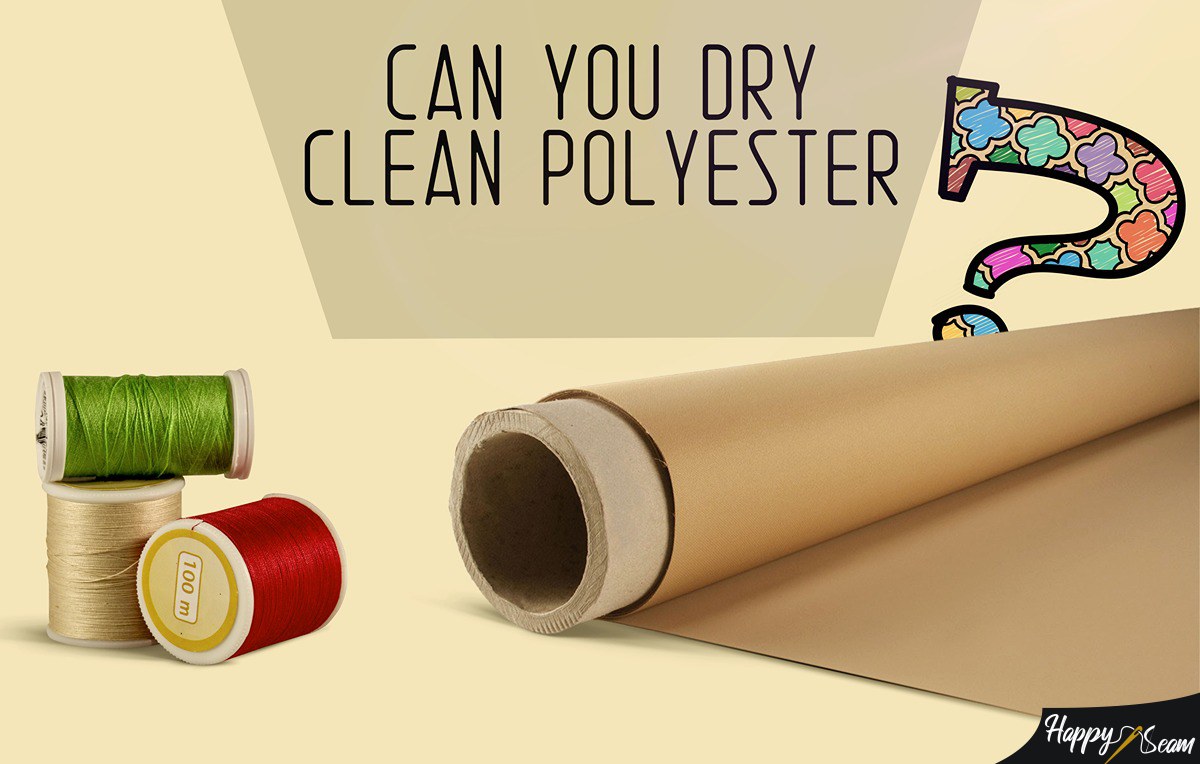When it comes to maintaining the longevity of your garments, understanding the intricacies of fabric care is essential. One fabric blend that often leaves many people in a quandary is polyester and spandex. While polyester is renowned for its durability and ease of care, spandex, with its elastic properties, brings a different dimension to the cleaning process. So, can you dry clean polyester and spandex? Let’s dive into the details.
Dry cleaning may seem like a luxury reserved for high-end fabrics, but its application spans a myriad of materials, including those blends often found in everyday wear. Polyester is a synthetic fiber, celebrated for its resilience against wrinkles, shrinking, and fading. Spandex, on the other hand, is added to fabrics to create a comfortable stretch. This duo is commonly utilized in athletic wear, activewear, and fitted garments. The incorporation of spandex in a fabric does raise questions regarding the most appropriate cleaning methods.
First, let’s address the elephant in the room. Is dry cleaning even advisable for items that contain spandex? The answer is nuanced. Dry cleaning employs chemical solvents instead of water. The result? A gentle cleaning method that can thoroughly eliminate stains and odors without the harsh effects of traditional washing. However, spandex is sensitive to high temperatures. This sensitivity may prompt concerns about the compatibility of dry cleaning solvents and heat in maintaining the integrity of the fabric.
When assessing dry cleaning for polyester and spandex blends, consider the garment’s care label. Manufacturers typically provide specific instructions that are paramount in preserving the quality of the fabric. In most cases, polyester can endure the dry cleaning process without any detrimental effects. Spandex, being more temperamental, requires a keen eye. If the care label explicitly allows dry cleaning, you can proceed with confidence. But pay attention to details such as temperature settings and the type of solvent used.
To further illustrate, let’s imagine your favorite pair of stretchy workout leggings, combining polyester’s durability and spandex’s elasticity. After an intense workout, those leggings are likely to bear the brunt of sweat and grime. Experts suggest that opting for dry cleaning can effectively refresh them, particularly if washing at home risks damaging the spandex fibers. The solvent utilized in dry cleaning can eliminate odors and stains without subjecting the fabric to the friction and heat of a conventional washer.
However, should you choose to clean such garments at home, temper your expectations. While hand washing can provide excellent results, follow a gentle approach: cold water, mild detergent, and minimal agitation. This method aims to preserve the stretch and quality of spandex while cleaning polyester efficiently. In contrast, heat is often the enemy for spandex. High temperatures—even from dryers—can cause shrinkage and deformation. Therefore, air drying any spandex-infused fabric is imperative.
Additionally, consider the nature of stains. Stains from oils, sweat, or even certain foods can embed themselves intensely in fabric fibers. In this instance, dry cleaning can be more advantageous, as the solvents are better equipped to tackle these stubborn marks than water alone. It’s an intriguing aspect of fabric care that invites curiosity: how chemical processes can outperform the traditional methods we’ve grown accustomed to.
Now, let’s pivot to the environmental implications of dry cleaning. As consumers become increasingly conscientious about their ecological footprint, it is worth noting that traditional dry cleaning methods can involve harmful chemicals that may pose risks to both health and the environment. Fortunately, many establishments are now adopting greener alternatives, using environmentally friendly solvents. Hence, when considering dry cleaning polyester and spandex garments, investigate local cleaners who prioritize sustainable practices.
As you contemplate the best cleaning practices, recognize that this advice extends beyond mere fabric care. It signifies a shift in perspective: viewing the care of our garments as a partnership that necessitates engagement and understanding. No longer is it a one-size-fits-all approach. Instead, taking the time to delve into care labels, researching cleaning options, and even determining the right cleaning frequency can significantly alter your relationship with fashion.
In conclusion, while dry cleaning is a viable option for polyester and spandex blends, it is paramount to approach it with caution and awareness. Assess care labels, consider the nature of stains, and choose cleaning methods that align with both your garment’s needs and your personal values. By fostering curiosity and adopting best practices, you can wear your favourite garments with confidence, knowing they are well cared for and poised to last.
